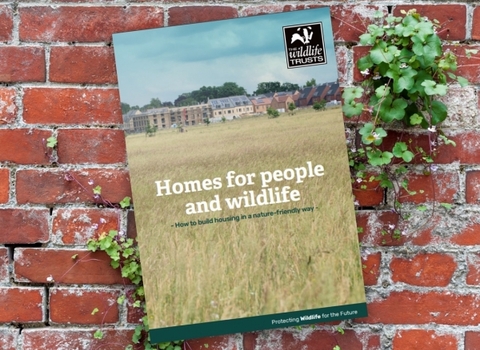Today the Government announces the publication of a White Paper, Planning for the Future.
The Wildlife Trusts believe there are fundamental flaws in the current planning system because it has allowed huge declines in the natural world – and the proposed reform of the process will make a bad situation much worse.
Nikki Williams, Director of Campaigning and Policy at The Wildlife Trusts says:
"We live in one of the most nature-depleted countries in the world. The White Paper proposes a planning system with three categories of land – earmarked for growth, renewal and protection – but this simplification brings the risk of creating a disconnected landscape, one in which wildlife continues to decline because nature doesn’t slot into neat little boxes. Protecting isolated fragments of land is not enough to help wildlife recover, nor will it put nature into people’s lives – something that is now recognised as vital for our health and wellbeing.”

